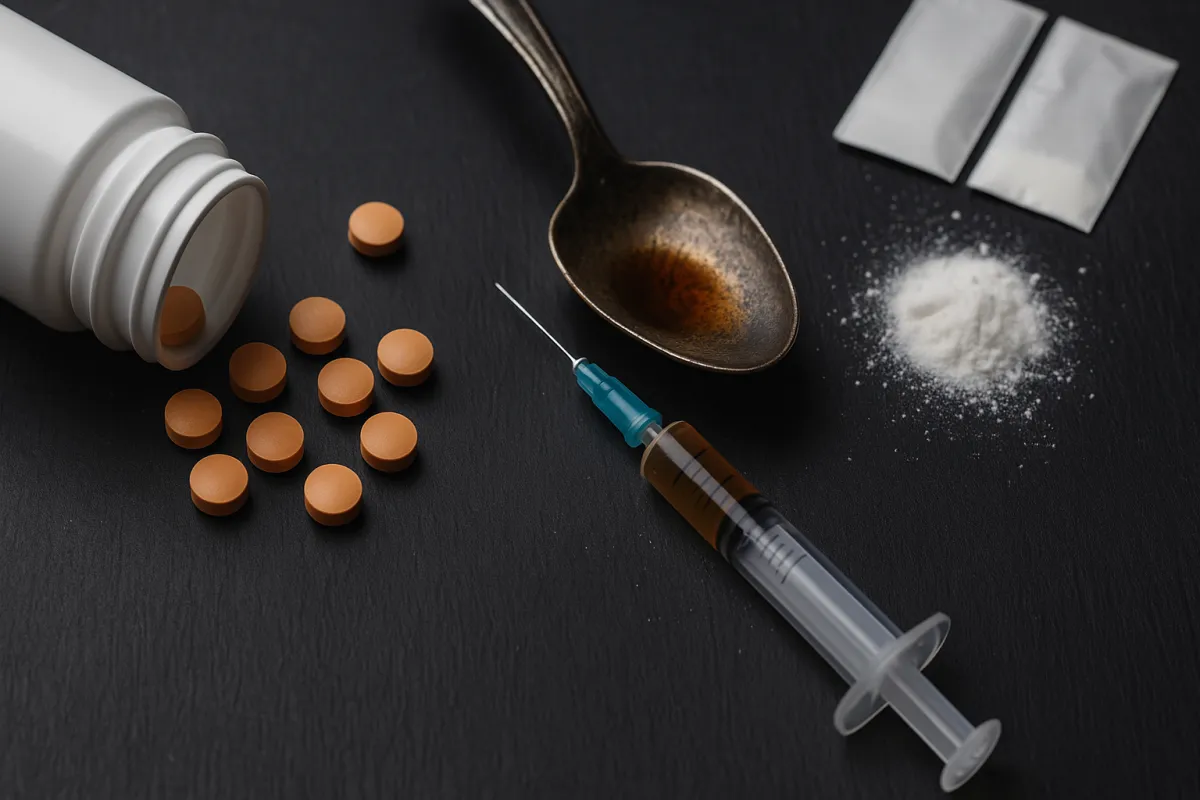
Understanding the Difference: Dependence vs. Addiction
At Opioid Addiction New York, we believe it is crucial to understand the distinction between dependence and addiction. Dependence refers to the physical adaptation of the body to a substance—manifesting in tolerance and withdrawal symptoms when the substance is stopped. Addiction, on the other hand, is a chronic behavioral condition characterized by compulsive drug use, a loss of control, and continued use despite harmful consequences.
Exploring Treatment Options for Opioid Use Disorder
Today, we’re focusing on the range of treatment options available to individuals struggling with opioid addiction or dependence.
Many individuals suffering from addiction spend much of their day either experiencing withdrawal or chasing a high. The goal of pharmacotherapy is to reduce the time spent in withdrawal—without inducing euphoria. Unfortunately, this form of treatment remains underutilized, often due to widespread misunderstanding.
Addressing Misconceptions About Treatment
A common misconception is that using medications like methadone or buprenorphine is merely replacing one addiction with another. In reality, these are evidence-based treatments. Media portrayals have sometimes reinforced this misunderstanding, contributing to the stigma surrounding these life-saving therapies.
The Role of Prevention and Public Perception
Preventing addiction is always the ideal strategy. It’s now widely recognized that overprescription of opioid painkillers played a major role in the current crisis. While policy changes have reduced unnecessary prescribing, public perception remains a hurdle. Many still view addiction as a moral failing rather than a medical and public health issue.
The Treatment Process
Treatment typically begins with detoxification, the process of breaking the cycle of withdrawal. It may continue through inpatient or outpatient rehabilitation, incorporating both medications and behavioral therapies. Behavioral treatments focus on helping patients manage cravings, avoid high-risk situations, navigate relapse triggers, and build a sustainable, drug-free life.
The overall goals of treatment are to reduce drug dependence, minimize health risks, improve physical and mental well-being, reduce illegal behavior, and support reintegration into society.
Medication-Assisted Treatment (MAT)
One such option is naltrexone, an opioid antagonist that blocks opioid receptors. While effective in preventing the euphoric effects of opioids and reversing overdoses, its use is limited by adherence and tolerability challenges.
Methadone, a full opioid agonist, binds to the same receptors as opioids, relieving withdrawal symptoms and cravings without producing a high when used as prescribed. It remains one of the most widely used and researched treatments.
Buprenorphine is a partial opioid agonist, offering similar benefits but with a ceiling effect that reduces the risk of misuse. One common formulation, Suboxone, combines buprenorphine with naloxone, which discourages misuse by blocking the euphoric effects if the medication is injected.
These medications are not merely substitutes—they are powerful tools that stabilize brain chemistry and provide a foundation for recovery.
Understanding Withdrawal and Long-Term Support
Withdrawal symptoms such as nausea, diarrhea, muscle pain, and mood changes are not just uncomfortable—they can be agonizing, driving individuals back to substance use. Completing detox addresses the physical side of addiction, but it is the psychological and social factors that most often lead to relapse.
That’s where long-term maintenance therapy becomes essential. Treatments such as cognitive behavioral therapy (CBT), SMART Recovery, motivational interviewing, and family therapy all play a role in supporting sustained recovery.
Moving Forward
Addiction leads to genuine changes in brain function. It is not a weakness—it is a medical condition that deserves compassion, science-based treatment, and ongoing research to improve outcomes. Reducing stigma is key. Recognizing addiction as a disease, not a moral failure, is a vital step forward.
If you or someone you love is struggling with opioid addiction, know that help is available. Call or text us at 1-888-995-3405 or visit HelpWithOpioidAddiction.com.
We offer both Telehealth and in-person appointments at our private, high-end Manhattan office located at 245 5th Avenue, New York, NY. Our office is within a professional medical building with no external signage related to addiction treatment, ensuring your visit remains fully discreet.
You deserve respect, dignity, and effective care—free from stigma. Recovery begins with one step. Let us take the next ones with you.
📞 HWOANY Office: (888) 995-3405
📍 245 5th Avenue, 3rd Floor, New York, NY 10016
1-888-995-3405
Or Visiting our Appointment Scheduling Page via our Website by Clicking Here
You can Schedule a Telehealth Consult or an office visit today!
*Telehealth Visits are solely to get an introduction and a possible treatment plan. No Medications can be pre-scribed without an office visit.
About Us
At "Help With Opioid Addiction New York (HWOANY)" we strive to provide each patient with individualized care and a treatment plan completely tailored and customers to each patient.
We know coming into an "addiction" clinic for some might have a "stigma". But we made sure our location is completely private and discreet so our patients can come get their treatments and medication and have full discretion.
© 2024 All rights reserved. Privacy Policy and Terms and Conditions